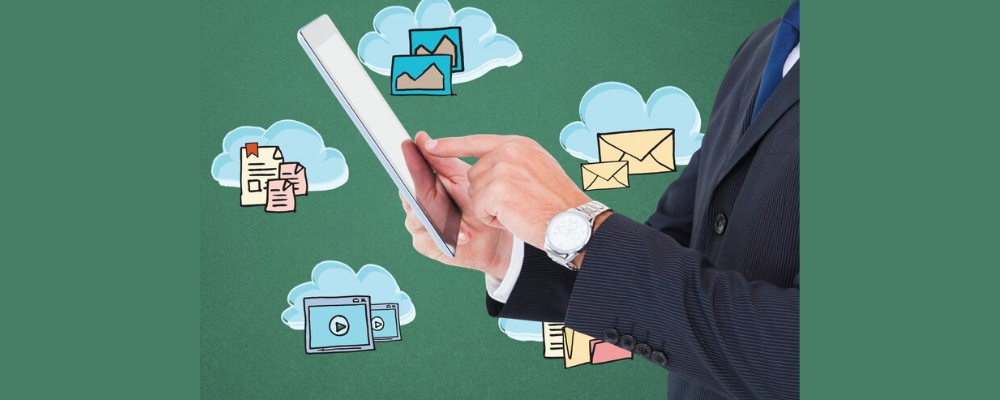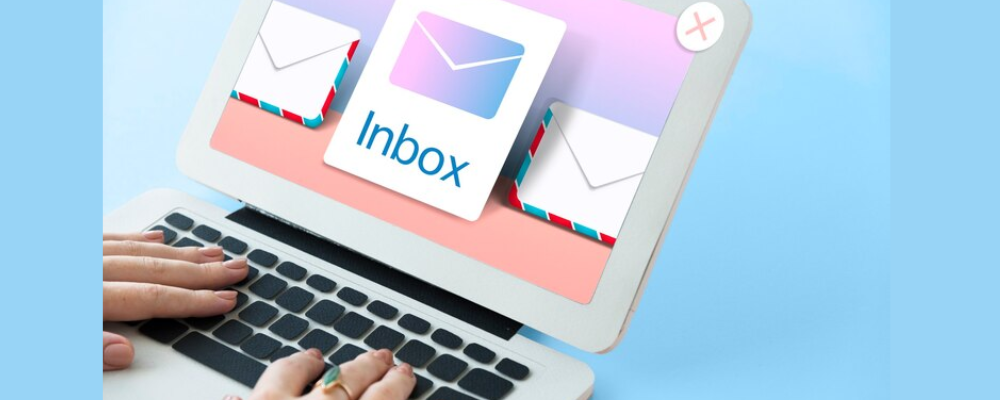Email marketing remains one of the most powerful tools in a marketer’s toolkit. With its ability to engage customers, drive conversions, and build long-term relationships, it’s no wonder businesses of all sizes rely on email campaigns. However, despite its effectiveness, many marketers and business owners still have questions about how to maximize their email marketing efforts.
In this article, we’ll answer the most common email campaign questions to simplify the process and help you create successful, results-driven campaigns.
1. What is email marketing, and why is it important?
Email marketing is a direct form of communication where businesses send promotional content, announcements, or educational information to a targeted list of subscribers via email. It is essential because it allows businesses to connect with their audience on a personal level, nurture leads, drive traffic, and ultimately increase sales. Email marketing offers a high return on investment (ROI), making it a cost-effective way to reach both existing and potential customers.
2. How do I build an email list?
Building an email list involves collecting the email addresses of people who are interested in your product or service. Here are some strategies to help build your list:
- Offer valuable content: Create lead magnets like eBooks, guides, or discounts that encourage visitors to subscribe.
- Use sign-up forms on your website: Place opt-in forms in prominent locations on your site, like the homepage, blog posts, and landing pages.
- Leverage social media: Promote your email sign-up form across your social media platforms.
- Run contests or giveaways: Offering a prize in exchange for subscribing is an effective way to grow your list.
Remember to obtain permission from subscribers and offer them the ability to opt out at any time to comply with email marketing regulations like GDPR or CAN-SPAM.

3. What types of emails should I send?
There are several types of emails you can send to engage your audience:
- Welcome emails: Sent to new subscribers to introduce your brand and set expectations.
- Newsletter emails: Regular updates about your business, blog posts, news, or product information.
- Promotional emails: Highlight special offers, discounts, or new products to drive sales.
- Abandoned cart emails: Reminders sent to customers who didn’t complete their purchase, encouraging them to return.
- Re-engagement emails: Sent to inactive subscribers to reignite their interest in your brand.
Each type serves a specific purpose, and a balanced mix will help keep your audience engaged.
4. How often should I send emails?
The frequency of your email campaigns depends on your industry, audience, and the type of emails you’re sending. For newsletters, a weekly or bi-weekly schedule often works well, while promotional emails might be sent more frequently, especially during sales or holiday seasons.
The key is to maintain consistency without overwhelming your subscribers. Too many emails can lead to unsubscribes, while too few can result in disengagement. Monitor your open and unsubscribe rates to find the right balance for your audience.
5. How can I improve my email open rates?
Improving your open rates starts with crafting compelling subject lines and ensuring your emails are delivered to the right audience. Here are some tips:
- Write attention-grabbing subject lines: Keep them short, personalized, and clear about the email’s content.
- Segment your email list: Send relevant content to different audience segments based on their interests, demographics, or purchase behavior.
- Optimize send times: Test different times of day and days of the week to find when your audience is most likely to engage.
- Use a recognizable sender name: Ensure the sender’s name is trustworthy and recognizable to your subscribers.

6. What is email segmentation, and why is it important?
Email segmentation is the process of dividing your email list into smaller groups based on specific criteria, such as location, past purchases, or engagement level. Segmentation is crucial because it allows you to send more targeted and relevant emails to your audience. Subscribers are more likely to open and act on emails that feel personalized to their interests and needs.
For example, if you run an e-commerce store, you can segment your list by purchase history and send personalized product recommendations to different groups. The result is higher open rates, better engagement, and more conversions.
7. How do I measure the success of an email campaign?
Measuring the success of your email campaigns involves tracking key performance metrics:
- Open rate: The percentage of recipients who opened your email.
- Click-through rate (CTR): The percentage of recipients who clicked on a link in your email.
- Conversion rate: The percentage of recipients who completed a desired action (e.g., making a purchase) after clicking a link in the email.
- Bounce rate: The percentage of emails that could not be delivered to the recipient’s inbox.
- Unsubscribe rate: The percentage of recipients who opted out of your emails after receiving a campaign.
By analyzing these metrics, you can identify areas for improvement and fine-tune your future campaigns for better results.
8. What are the best practices for avoiding the spam folder?
To avoid having your emails end up in the spam folder, follow these best practices:
- Use a reputable email service provider (ESP): ESPs ensure that your emails are sent from a secure server and are compliant with spam regulations.
- Ask for permission: Always obtain explicit consent from your subscribers before sending emails.
- Avoid spammy language: Refrain from using words like “FREE,” “URGENT,” or excessive punctuation (e.g., multiple exclamation marks).
- Personalize your emails: Using a subscriber’s name or other personalized details can make your emails feel more genuine.
- Maintain a clean list: Regularly remove inactive or invalid email addresses from your list to improve deliverability.

Conclusion
Email marketing doesn’t have to be complicated. By understanding the basics, implementing best practices, and continually refining your strategies, you can create successful campaigns that resonate with your audience. Whether you’re just starting or looking to optimize your existing efforts, these FAQs offer valuable insights into simplifying your email marketing efforts for better results.




